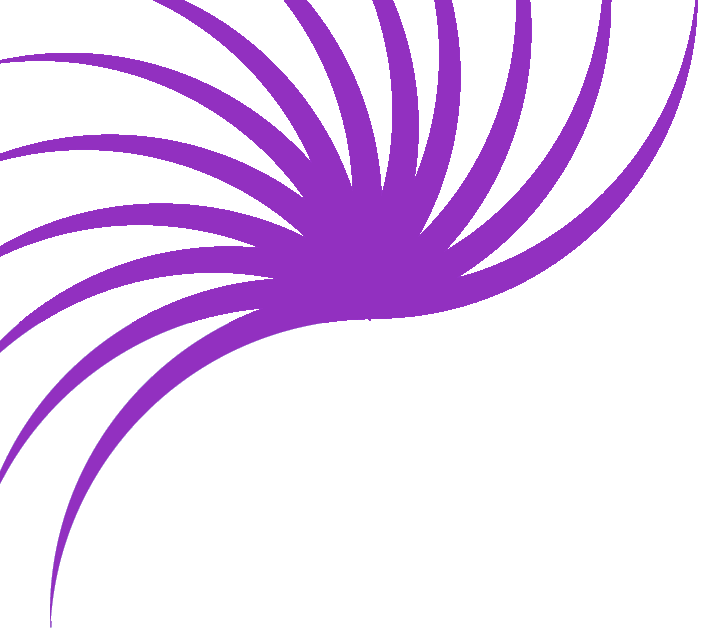So what do I need?
There's a few things you'll need before you can create data driven pages. Unlike Dreamweaver 4, where you can just dive in and everything you need is there in the application, Dreamweaver MX requires some bits and bobs setting up in your environment.
Number 1: A Web Server
I can already hear the screams of panic going up! Calm down! It's not as
bad as all that!
You can run some free web server software on your computer - just for development
purposes - without having to spend a dime on any more equipment and without
having to learn too much about it. First, let's look at why we need a web
server.
Dreamweaver MX creates sites using five main technologies - ASP, ASP.NET, JSP, PHP and ColdFusion. These are all systems which require processing of the pages to be done by the server. It's really what makes Dreamweaver MX different from previous versions. In order to see your pages working, you need a server to do the processing for you. Otherwise it's like working with a blindfold on.
As a beginner, you may well find it best to start working with ASP, as it's the most common choice and there's lots of people around who'll be able to help you out if you get stuck. I'm going to be basing my work on ASP in these examples.
For ASP, the web server you need comes free with Windows - although it's not installed by default. If you have NT (with latest Service Packs), Windows 2000 Pro or Windows XP Pro, then you'll have IIS (Internet Information Server) on your Windows CD. Go to Add and Remove Programs and add it there.
If you are running on a Mac, things are a little more complex but not out of reach. If you're running OS X, you already have Apache web server on your machine. Your best option may be to use PHP (If you like open source, or need to keep your costs low). If you've got a big budget to blow, then ColdFusion will do the trick. I'd personly favor PHP. Visit the PHP web site for downloads - www.PHP.net .
In addition to the Microsoft servers, Chili!Soft make ASP servers for many different platforms, including Linux.
I use Windows 2000 Pro, so I've got IIS version 5 installed right off my Windows CD. I haven't needed to change any settings - I just installed it and it worked. Splendid!
Of course, if you already have a web server running on your network then you're laughing (well, giggling at least). If you want to run using JSP or ColdFusion, then you'll need to set up the appropriate servers for those. A quick search on Google will help you there.
So, once we have our web server up and running we have a method of viewing our dynamic pages. Now we need to pay attention to the source of our data.
Number 2: A Database
OK, so this may seem obvious, but you will need a database with information to put into your pages.
A database can be a very simple CSV file, or a complex SQL Server database - but I, like a lot of you, will be using Microsoft Access to generate a small database.
Whatever system you use, you'll need to know a little bit about it, and you'll need to know a bit about database design. There are lots of good books out there to help you with this and here I will assume that you have some knowledge of the database system you are using. (Otherwise we'd get stuck on databases and never on to Dreamweaver MX)
Number 3: A System Connection To Your Database
In order for the web server on your machine to be able to talk with the database, you need to set up some sort of 'connection' on your system. This is just a definition of where the database is and a few simple rules on how it should be treated.
There are at least a couple of different ways of making this connection, but I have found the easiest to be defining a system DSN (Data Source Name). But whatever you do, make sure that you have a latest version of MDAC from Microsoft's site. You'll need this to get Dreamweaver MX working correctly with your system.

